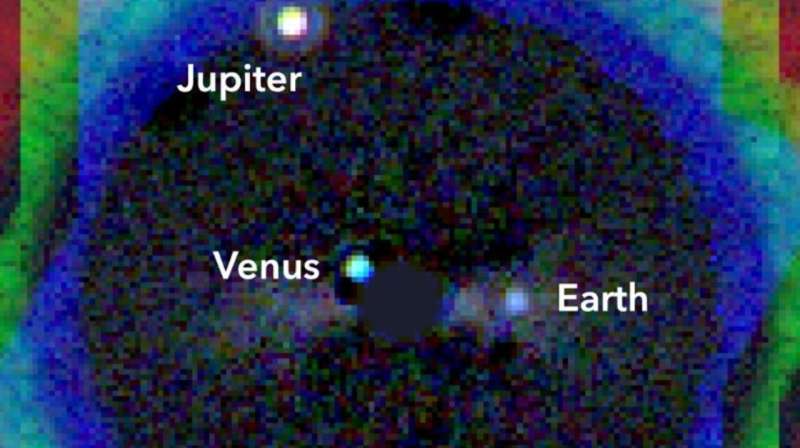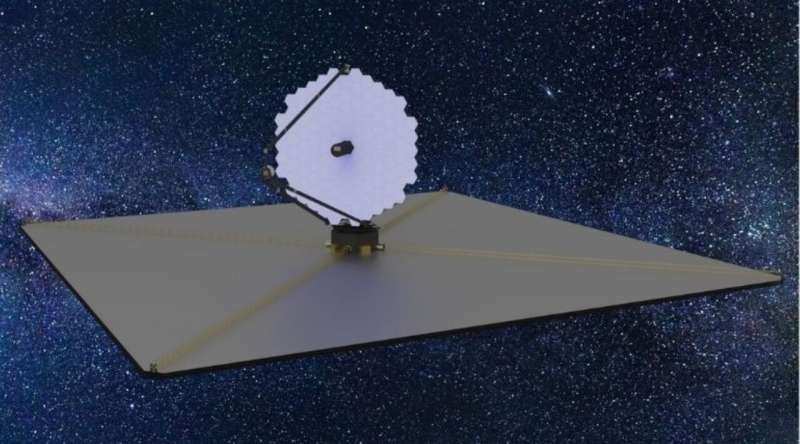"
"A mission like LUVOIR is the tool we need, and is a tremendously exciting prospect. The search for habitable worlds and life elsewhere in our galaxy is, in my view, one of the most important scientific quests."
"I will look forward to having that answer to the question 'are we alone' within my lifetime."

LUVOIR is the latest incarnation of a true successor to the Hubble Space Telescope, and is designed to observe targets in UV, visible and infrared—compared to JWST's sole infrared capability.
One of its key science goals would be to find and characterize Earth-like planets orbiting nearby stars. The telescope is powerful enough to find approximately 100 of these exoplanets which can then be observed in detail to search for evidence of life beyond our Solar System.
Initial designs show some similarities to JWST, with a segmented telescope assembly and large sunshade to be deployed in orbit. But LUVOIR would boast a segmented mirror up to 16m in diameter—compared to the current record 6m diameter array fitted to JWST.
NASA will now examine the report's recommendations and start to implement technology studies in order to develop a mission incorporating LUVOIR and other proposals.
While the new mission would be led by NASA, international collaboration with partners such as the European Space Agency (ESA) is likely, and will enable specialists from the University of Leicester and Space Park Leicester to input into the mission's design, manufacture and testing.
Leicester engineers provided the mechanical engineering lead for the Mid-Infrared Instrument (MIRI) to be carried on board the James Webb Space Telescope. Space Park Leicester boasts a state-of-the-art clean room and a range of manufacturing capabilities for the space sector.
The Decadal Survey on Astronomy and Astrophysics 2020 is a 624-page report authored by an influential panel of astrophysicists and astronomers. In addition to endorsing a major new space-based observatory, other recommendations identify ground-based opportunities as well as changes to the way NASA selects new programs. The full report is available from the National Academies of Sciences, Engineering and Medicine.
Explore further



